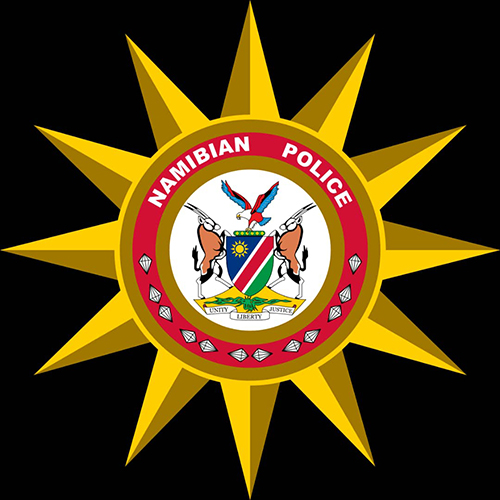THE summer bird count for the Walvis Bay Ramsar site at the end of last month has resulted in yet a new record.
A total of 242 920 birds were counted – 21 120 more than last year, which was also a record count. Keith Wearne of the Coastal Environmental Trust of Namibia (CETN), and organiser of the bird count, said some of those who took part felt it was an undercount.The official number of species counted was 50, as well as four species which do not form part of the official International Wetland Counts: the Great Shearwater, Cape Gannet, Arctic Skua and Pomarine Skua.”We were quite amazed at the number of White-winged Terns that remained here,” said Wearne.”This is a freshwater bird and usually remains with us for only a month or so, fattening up on flies after their long journey from Asia, before moving inland to pools, ponds, dams and river systems”.Wearne said the intra-African birds only started moving inland a few days before the start of the count.”If the rains had come a few days later we would have had a count of more than 300 000 birds,” he said.He felt the 61 000 Black Terns counted was probably some sort of record.Black Tern sightings are coveted by many birders and twitchers [keen birdwatchers].This year haze and distance meant that unidentified birds made up a large proportion of the birds counted.The following unidentifiable birds were counted: 22 700 terns and 16 300 shorebirds (waterbirds/waders).Wearne said many of the intra-African waterbirds had flown inland at the time of the count because the rains allowed them to breed in or close to fresh water as opposed to salt water.The numbers that have moved inland are: Greater Flamingo 20 000; Lesser Flamingo 30 000; Pied Avocet 2 000; Black-necked Grebe 2 000; Chestnut-banded Plover 6 000 and White-fronted Plover 2 000.The largest number of birds counted included: Black Tern 61 000; Common Tern 37 400; Curlew Sandpiper 32 900; Lesser Flamingo 13 900; Greater Flamingo 12 700; Sanderling 10 300; Little Stint 9 600; Black-necked Grebe 2 800; Pied Avocet 2 700.Wearne was happy with the turnout of counters and assistant counters – numbering 37 and 32 on the two days of the count.”It is wonderful to know there are so many people, especially the youth, who are interested in preserving our wetlands and the birds,” he said.The winter count will take place on July 24 and 25.Keith Wearne of the Coastal Environmental Trust of Namibia (CETN), and organiser of the bird count, said some of those who took part felt it was an undercount. The official number of species counted was 50, as well as four species which do not form part of the official International Wetland Counts: the Great Shearwater, Cape Gannet, Arctic Skua and Pomarine Skua. “We were quite amazed at the number of White-winged Terns that remained here,” said Wearne. “This is a freshwater bird and usually remains with us for only a month or so, fattening up on flies after their long journey from Asia, before moving inland to pools, ponds, dams and river systems”. Wearne said the intra-African birds only started moving inland a few days before the start of the count. “If the rains had come a few days later we would have had a count of more than 300 000 birds,” he said. He felt the 61 000 Black Terns counted was probably some sort of record. Black Tern sightings are coveted by many birders and twitchers [keen birdwatchers]. This year haze and distance meant that unidentified birds made up a large proportion of the birds counted. The following unidentifiable birds were counted: 22 700 terns and 16 300 shorebirds (waterbirds/waders). Wearne said many of the intra-African waterbirds had flown inland at the time of the count because the rains allowed them to breed in or close to fresh water as opposed to salt water. The numbers that have moved inland are: Greater Flamingo 20 000; Lesser Flamingo 30 000; Pied Avocet 2 000; Black-necked Grebe 2 000; Chestnut-banded Plover 6 000 and White-fronted Plover 2 000. The largest number of birds counted included: Black Tern 61 000; Common Tern 37 400; Curlew Sandpiper 32 900; Lesser Flamingo 13 900; Greater Flamingo 12 700; Sanderling 10 300; Little Stint 9 600; Black-necked Grebe 2 800; Pied Avocet 2 700. Wearne was happy with the turnout of counters and assistant counters – numbering 37 and 32 on the two days of the count. “It is wonderful to know there are so many people, especially the youth, who are interested in preserving our wetlands and the birds,” he said. The winter count will take place on July 24 and 25.
Stay informed with The Namibian – your source for credible journalism. Get in-depth reporting and opinions for
only N$85 a month. Invest in journalism, invest in democracy –
Subscribe Now!










